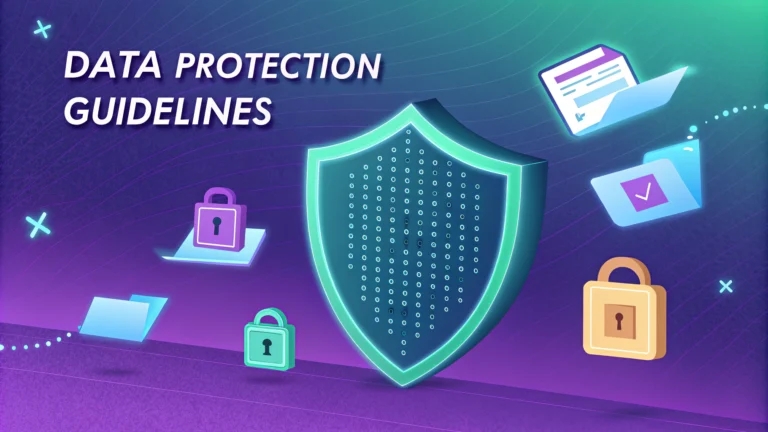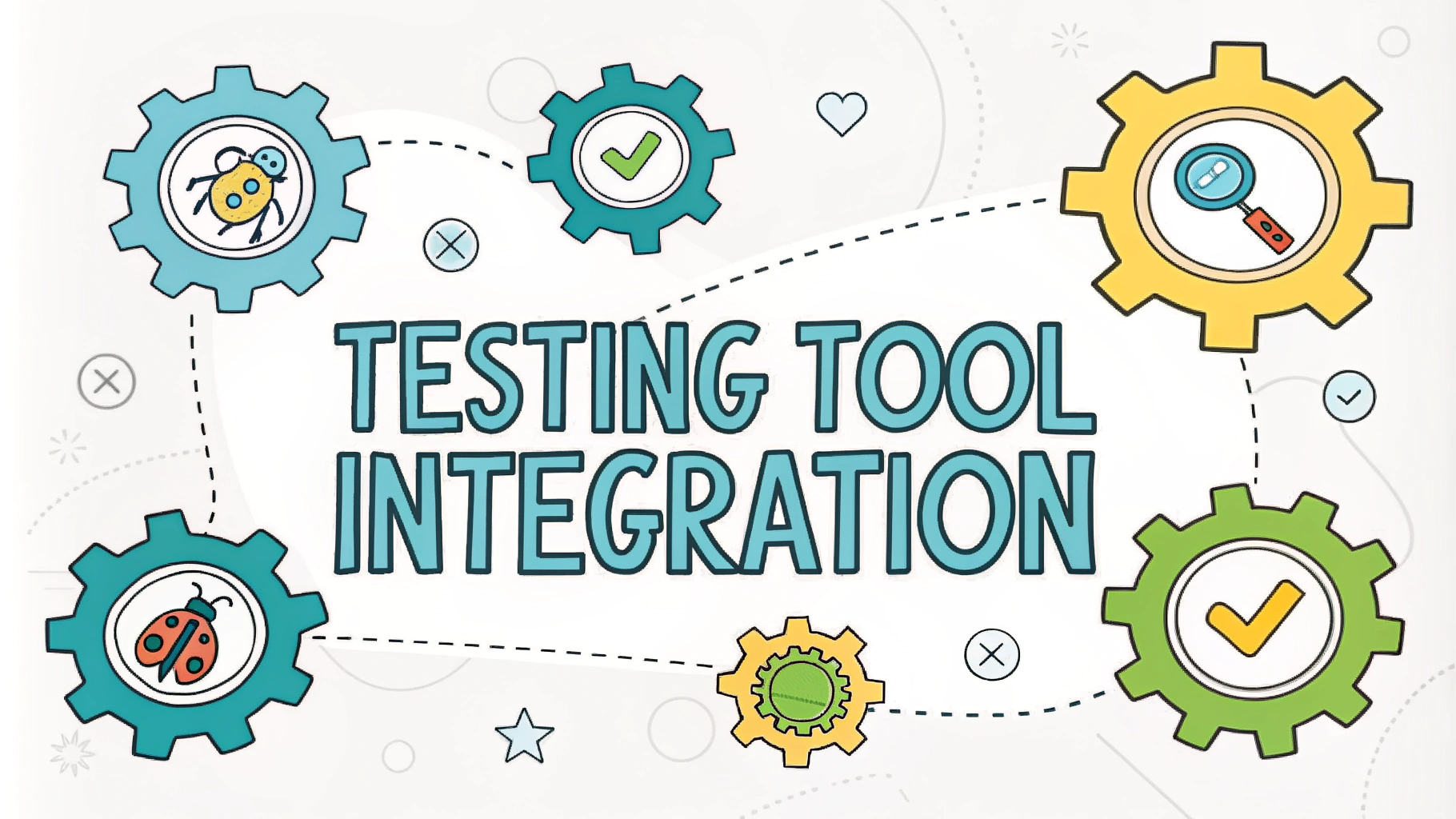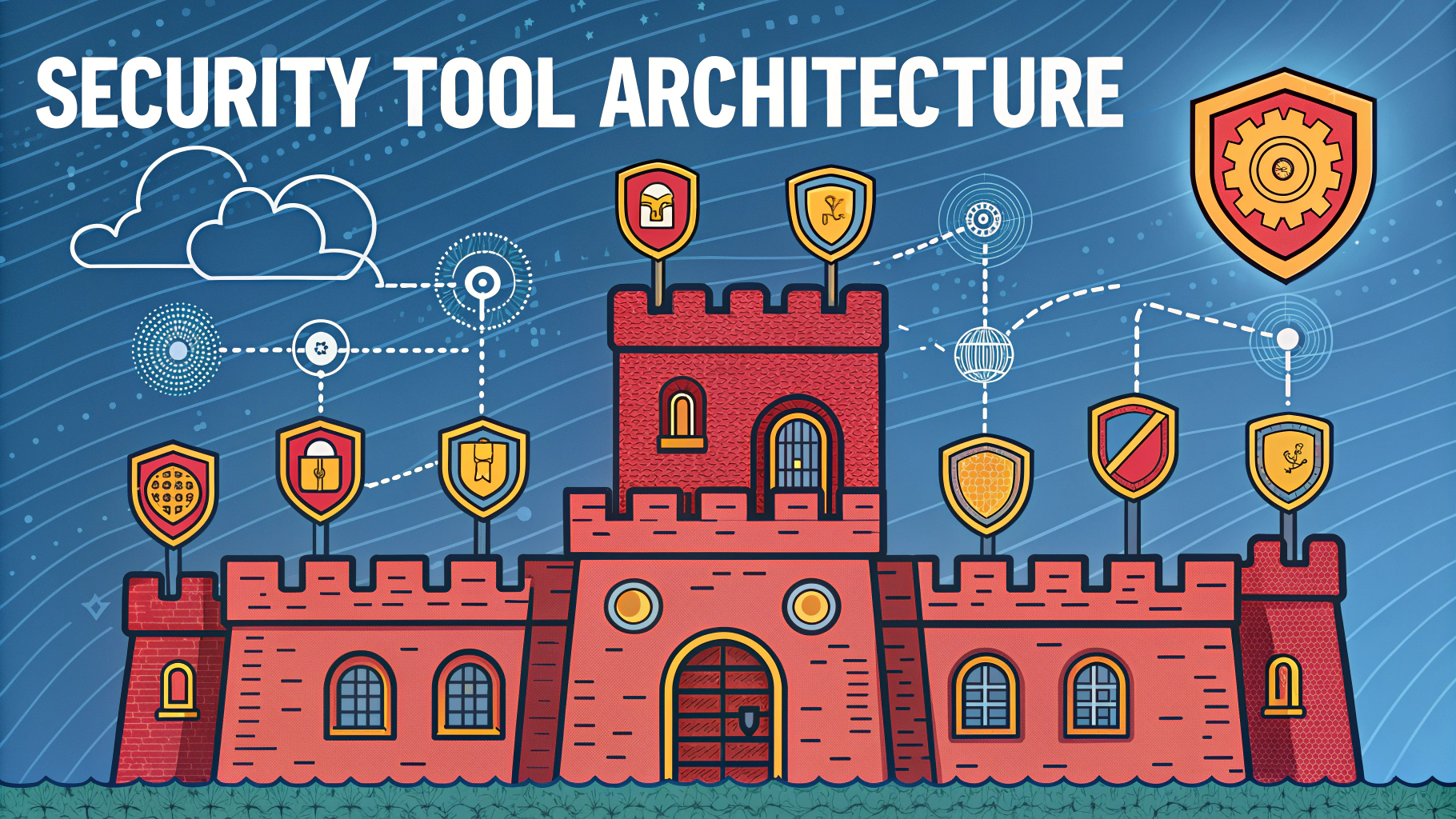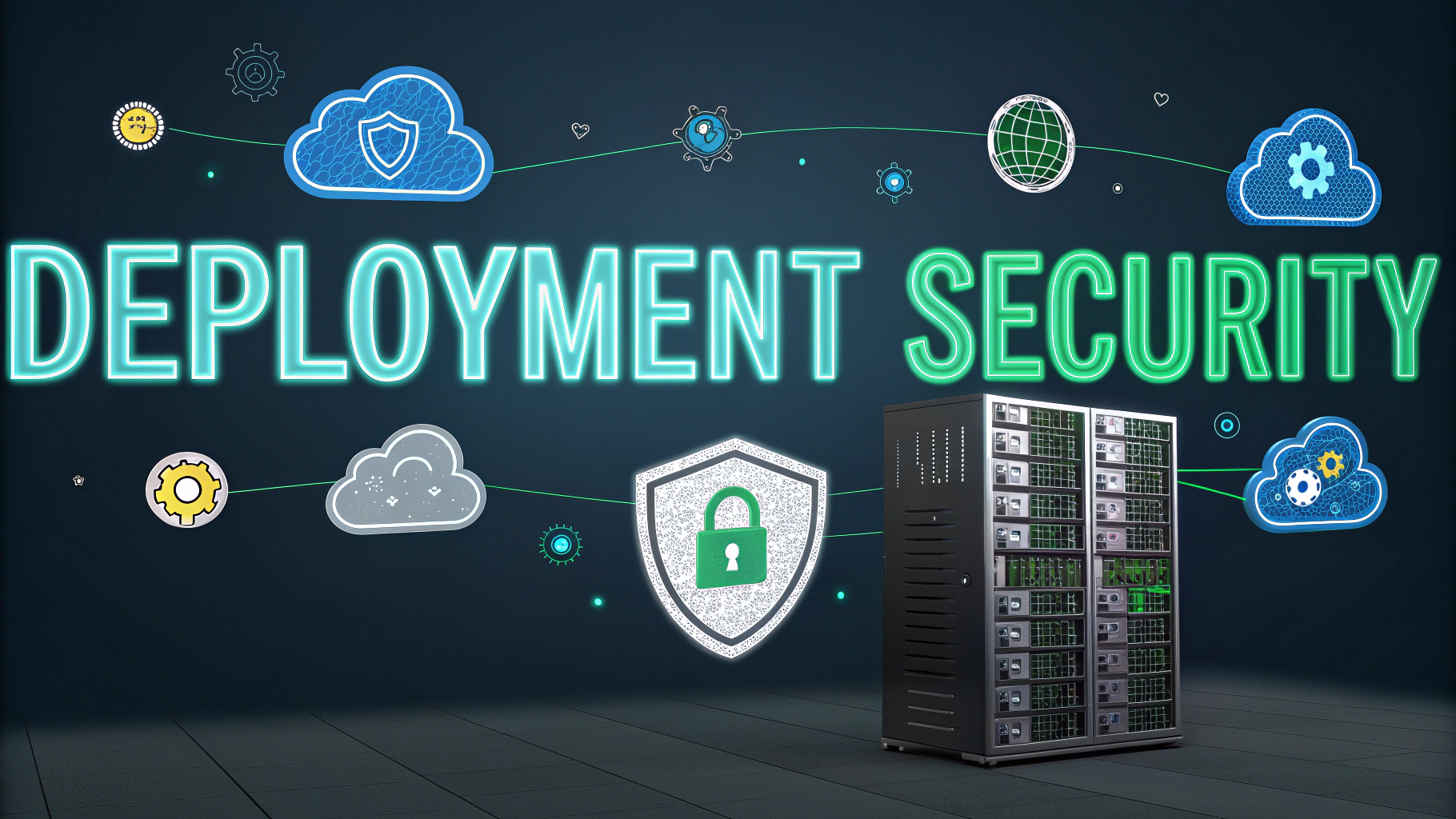Data protection during penetration testing requires careful planning and strict protocols to safeguard sensitive information while conducting security assessments.
Security professionals must balance thorough testing with protecting confidential data, requiring specific guidelines and compliance measures throughout the testing process.
This guide outlines essential data protection practices for penetration testing to help organizations maintain security while conducting effective assessments.
Pre-Testing Data Protection Measures
- Obtain written authorization and scope documentation
- Sign comprehensive NDAs and confidentiality agreements
- Document data handling procedures and restrictions
- Establish secure communication channels
- Define data backup and storage protocols
Data Handling Requirements
All test data must be stored using industry-standard encryption (minimum AES-256).
Testing environments should be isolated from production systems whenever possible.
Access to test data should follow the principle of least privilege.
Required Security Controls
- Multi-factor authentication for all testing accounts
- Encrypted connections (minimum TLS 1.2)
- Secure storage of credentials and tokens
- Regular security patches and updates
- Activity logging and monitoring
Data Collection Guidelines
| Data Type | Protection Required |
|---|---|
| Personal Information | Encryption at rest and in transit |
| Credentials | Hash with strong algorithms |
| Test Results | Encrypted storage, access controls |
Documentation Requirements
Create detailed logs of all data access and testing activities.
Document any unexpected data exposures or incidents immediately.
Maintain chain of custody records for all collected data.
Post-Testing Data Handling
- Securely wipe all collected data after testing
- Provide data destruction certificates
- Remove all temporary access credentials
- Document remaining data artifacts
Emergency Response Procedures
Establish clear incident response procedures for data breaches during testing.
Maintain emergency contact information for key stakeholders.
Document steps for immediate containment of data exposure.
Building a Secure Testing Future
Regular reviews and updates of data protection procedures ensure continued effectiveness.
Contact your security team or legal department for specific guidance on data protection requirements in your organization.
For additional information on penetration testing data protection, consult NIST Special Publication 800-115 or contact your local security certification body.
Compliance and Regulatory Considerations
Different industries have specific requirements for handling sensitive data during security testing:
- Healthcare – HIPAA compliance for patient data
- Finance – PCI DSS requirements for payment information
- Government – FedRAMP and agency-specific protocols
- International – GDPR and regional data protection laws
Risk Mitigation Strategies
Technical Controls
- Data masking and anonymization
- Secure tunneling for remote testing
- Network segmentation
- Real-time monitoring systems
Administrative Controls
- Role-based access control
- Regular security awareness training
- Documented escalation procedures
- Periodic compliance audits
Testing Environment Best Practices
Implement these measures to maintain data integrity:
- Dedicated testing networks
- Sanitized test data sets
- Virtual environment isolation
- Regular environment resets
Securing the Future of Penetration Testing
Organizations must continuously evolve their data protection strategies to address emerging threats and technologies. Regular assessment of protection measures ensures the security of sensitive information during penetration testing activities.
Success in modern security testing depends on maintaining robust data protection while delivering thorough security assessments. By following these guidelines, organizations can conduct effective penetration tests while safeguarding their valuable data assets.
Always stay current with industry standards and update procedures accordingly to maintain the highest levels of data protection during security assessments.
FAQs
- What are the key data protection considerations before conducting a penetration test?
Obtain written authorization, sign NDAs, define scope and boundaries, ensure compliance with data protection laws like GDPR, and establish incident response procedures. - How should sensitive data discovered during penetration testing be handled?
Encrypt all findings, limit access to authorized personnel only, store data securely, document all data handling procedures, and permanently delete test data after the engagement. - What legal requirements must be met when performing penetration tests on systems containing personal data?
Comply with relevant data protection regulations, obtain explicit consent, implement appropriate security controls, maintain detailed logs, and ensure cross-border data transfer compliance. - Are penetration testers required to report data breaches discovered during testing?
Yes, testers must immediately report potential breaches to the designated point of contact as specified in the testing agreement and follow agreed-upon incident response procedures. - What documentation should be maintained for data protection during penetration testing?
Test scope, authorization documents, data handling procedures, incident reports, test results, remediation recommendations, and compliance verification records. - How should penetration testers protect their own systems storing client data?
Implement strong encryption, use secure networks, maintain physical security, regularly update security measures, and follow data retention policies. - What are the best practices for sanitizing test data after completing a penetration test?
Use secure deletion methods, verify complete removal of sensitive data, document the sanitization process, and provide confirmation to the client. - What restrictions apply to penetration testing cloud environments containing personal data?
Adhere to cloud provider’s security policies, respect data residency requirements, obtain necessary permissions, and ensure compliance with multi-tenant environment restrictions. - How should production data be handled versus test data during penetration testing?
Use anonymized or synthetic data when possible, implement additional safeguards for production data, and maintain separate environments for testing. - What are the specific GDPR considerations for penetration testing?
Ensure data minimization, implement appropriate technical measures, maintain records of processing activities, and respect data subject rights.







